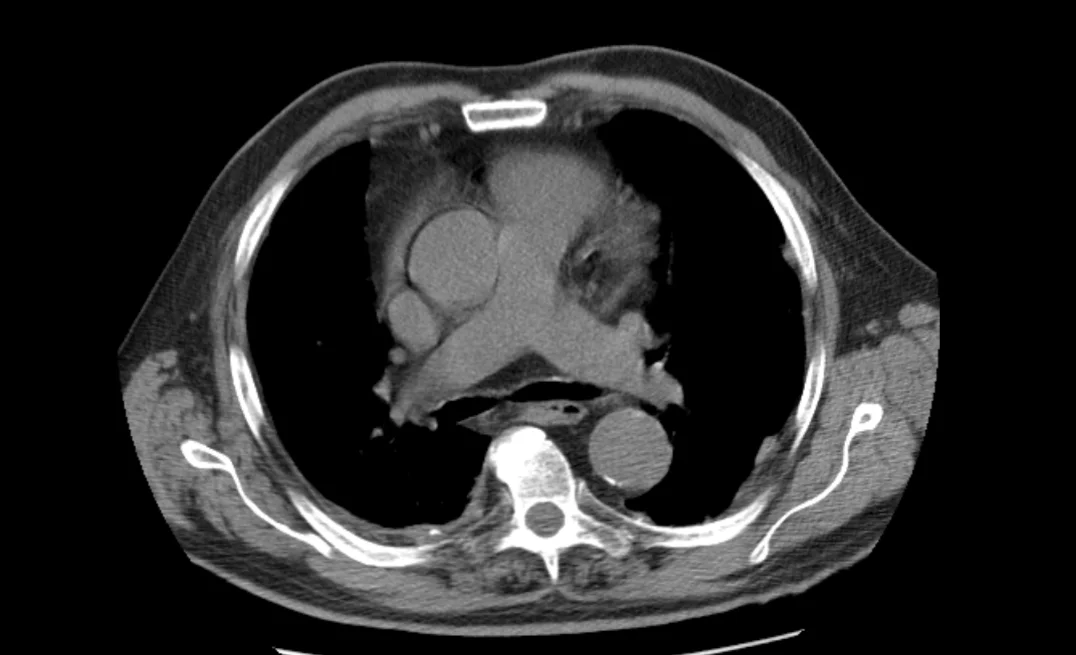Dicom De-identification
Anonymization Solutions
Automated and scalable tool for your organization
Contact UsDICOM document can contains PHI and PII in four places:
Metadata
DICOM metadata contains in most cases contains PHI. Below are some common examples of Protected Health Information (PHI) often present in DICOM metadata:
- Patient Name: The complete name or other identifying details of the patient.
- Patient ID: A unique identifier for the patient, which may consist of a medical record number or another patient-specific code.
- Date of Birth: The patient’s birth date, valuable for confirming identity.
- Study Date: The date when the medical examination, like an MRI or CT scan, took place.
- Accession Number: An exclusive identifier assigned to a specific study or examination.
- Institution Name: The title of the healthcare facility where the study occurred.
- Referring Physician: The name of the physician who referred the patient for the study.
- Performing Physician: The name of the physician who conducted the study.
- Patient History: Relevant medical history or clinical information about the patient’s condition.
- Patient’s Sex: The gender of the patient.
Pixel data
"Burned-in pixel data" refers to image information permanently embedded within the image itself, becoming an inseparable component of the pixel data. This integration makes the information resistant to easy removal or modification since it's part of the image's raw data.
This is most challanged and expensive part because pixel data is big. Some time size of one frame can be 1..2 GB, and our solution support process DICOM files up to 4 GB.
Another challenage with pixel data is various color schema and compression. ApicomPro's solution support following color schemas(PhotometricInterpretations) in DICOM:
- MONOCHROME2: Grayscale images with different tones of gray are represented by monochrome images in this photometric interpretation. It is frequently applied to grayscale photos and X-rays, which are medical images.
- RGB: This color schema is used for full-color images, where each pixel is represented by three color channels: red, green, and blue. Combining these three channels in varying intensities creates a wide range of colors, making it suitable for standard color images.
- YBR: YBR stands for YCbCr (Luminance, Chrominance Blue, Chrominance Red). It is a color schema used to represent color images in a way that separates the luminance (brightness) information from the chrominance (color) information. It’s often used in medical imaging and JPEG compression.
- YBR FULL: This extension of the YBR color space provides full-color information. It incorporates all the color information required for correct color representation while maintaining the separation of luminance and chrominance.
- YBR FULL 422: This variation of YBR FULL uses 4:2:2 chroma subsampling. It reduces the amount of chrominance data while preserving good color quality, making it useful for compression without significant loss of image quality.
- PALETTE COLOR: The images in this photometric interpretation are represented by a color palette. To represent the colors in the image, it indexes a color palette rather than keeping the specific color values for every pixel. It's a productive method for sending and storing color images with a constrained color space, like GIF images.
Overlay data
"Overlay data" denotes additional graphical or textual elements that can overlay medical images, serving to provide annotations, measurements, or other enhancing information for interpretation. This overlay data is structured into overlay planes, each representing a distinct layer of graphical or textual data superimposable on the primary image. Multiple overlay planes enable the addition of various types of annotations or information to an image.
Encapsulated Documents
Encapsulated Documents in DICOM are utilized to associate textual or document-based information with medical images. These documents may encompass clinical reports, patient histories, annotations, or any other relevant textual data. DICOM Encapsulated Documents support various formats such as PDF, HTML, or plain text, with the format typically specified within the DICOM object.
